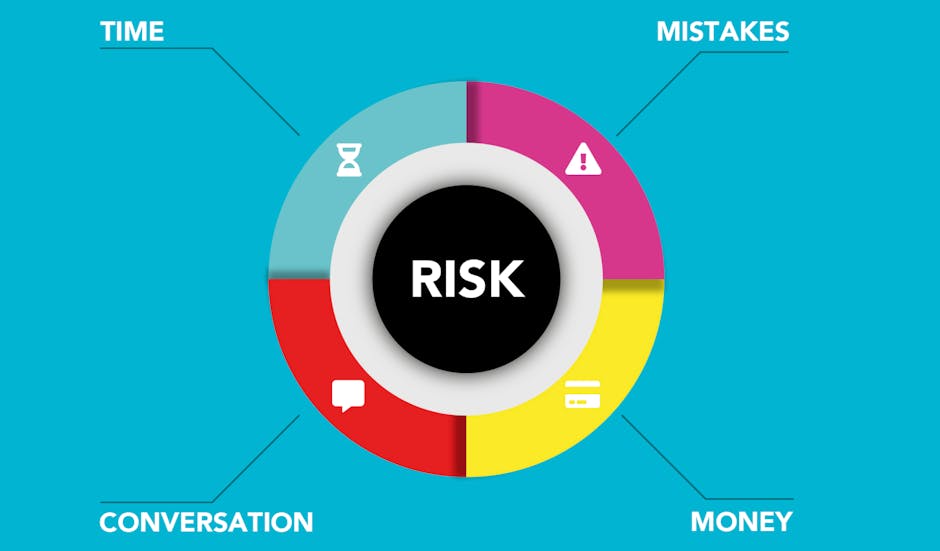33 Ways to Boost Your Productivity and Conquer Your To-Do List
In today’s fast-paced world, where demands constantly outpace our available time, achieving peak productivity is not just a desirable goal; it’s a necessity. We’re bombarded with tasks, emails, notifications, and commitments, all vying for our attention. The result can be overwhelming, leading to stress, burnout, and a feeling of being constantly behind. But fear not; proven strategies and techniques can help you take control of your time, prioritize effectively, and ultimately achieve more in less time.
This article will explore 33 actionable tips and tricks to supercharge your productivity, helping you conquer your to-do list and create a more efficient and fulfilling work-life balance. From simple mindset shifts to powerful tools and techniques, we’ll delve into a range of methods that have been proven to help individuals and teams achieve extraordinary results.
Whether you’re a busy professional, a student, or simply someone who wants to make the most of your time, the strategies outlined in this article can empower you to regain control, reduce stress, and achieve a sense of accomplishment.
Mastering the Art of Time Management
Time management is the foundation of productivity. It’s about making conscious choices about how you spend your time, ensuring that your most valuable hours are dedicated to the most critical tasks. This isn’t about squeezing every minute of the day but maximizing your focus and energy on what truly matters. One of the most effective time management techniques is the Pomodoro Technique, which involves working in focused bursts of 25 minutes, separated by short breaks. This method helps maintain focus and reduces mental fatigue by preventing burnout. The breaks are crucial for allowing your mind to rest and recharge, leading to improved creativity and productivity. Another powerful tool is the Eisenhower Matrix, which helps prioritize tasks based on urgency and importance, allowing you to focus on high-priority items first. By categorizing tasks into four quadrants – urgent and important, important but not urgent, urgent but not necessary, and neither urgent nor essential – you can effectively allocate your time and energy, ensuring you’re not overwhelmed by less critical tasks.
Effective time management also involves eliminating time-wasting activities. This could include limiting social media use, minimizing unnecessary meetings, and automating repetitive tasks whenever possible. For example, if you constantly check email throughout the day, consider setting aside specific times for email management, such as once in the morning and once in the afternoon. This will help you avoid getting bogged down in emails and allow you to focus on other tasks. Streamlining your workflow and minimizing distractions free up more time for essential activities. This could involve delegating tasks, using tools like project management software, and setting clear boundaries to avoid interruptions. Remember, time management isn’t about working more but about working smarter.
Creating a Productive Workspace
Your physical environment plays a significant role in your productivity. A well-organized and inspiring workspace can foster focus and motivation, while a cluttered and distracting one can hinder your progress. Studies have shown that a disorganized workspace can lead to increased stress and anxiety, making it harder to concentrate and complete tasks. Ensure your workspace is clutter-free, has adequate lighting, and is comfortable enough to support long work periods. This could mean investing in a comfy chair, a standing desk, or even adding plants to brighten the space. Consider investing in ergonomic equipment like a comfortable chair and a height-adjustable desk to improve your posture and well-being. A relaxed and ergonomic workspace can help prevent physical discomfort and fatigue, allowing you to work for extended periods without feeling strained.
Harnessing the Power of Technology
Technology can be a double-edged sword when it comes to productivity. While it offers powerful tools to enhance efficiency, it can also be a significant source of distraction. The key is to use technology strategically. Consider tools like task management apps (Asana, Trello), note-taking apps (Evernote, Notion), and calendar apps (Google Calendar, Outlook Calendar) to organize your tasks, track progress, and manage your schedule. These tools can help you stay organized, prioritize tasks, and track your progress, making it easier to keep up with your workload. However, be mindful of your social media and email time, and set boundaries to avoid excessive distractions. Consider using website blockers or app timers to limit your time on distracting websites or apps. To minimize interruptions, you can also turn off notifications for non-essential apps and emails.
Cultivating a Productive Mindset
Your mindset plays a critical role in your productivity. A positive and focused attitude can empower you to overcome challenges and achieve your goals. Start each day with a clear intention and positive self-talk. This could involve setting a specific goal for the day or simply reminding yourself of your strengths and capabilities. Break down large tasks into smaller, more manageable steps to reduce overwhelm and foster a sense of accomplishment. This technique, known as task chunking, can make large tasks feel less daunting and provide a sense of progress as you complete each more minor step. Celebrate your successes, no matter how small, to reinforce positive habits and maintain motivation. Acknowledging your achievements, no matter how small can help you stay motivated and build confidence in your ability to achieve your goals.
Strategies for Overcoming Procrastination
Procrastination is a common enemy of productivity. It can stem from fear, lack of motivation, or simply a desire to avoid unpleasant tasks. To combat procrastination, identify the root cause and address it directly. If you’re procrastinating for fear of failure, try breaking down the task into smaller steps and focusing on completing one step at a time. If you lack motivation, try setting a reward for completing the task or finding a way to make the task more enjoyable. Break down tasks into smaller steps, set realistic deadlines, and reward yourself for completing tasks. If possible, eliminate distractions and create a dedicated workspace to focus without interruption. Sometimes, getting started is the hardest part, so try using the “five-minute rule” – commit to working on a task for just five minutes, and you’ll likely find yourself continuing beyond that initial commitment.
Embracing a Healthy Work-Life Balance
While productivity is essential, it’s crucial to maintain a healthy work-life balance. Overworking can lead to burnout, stress, and decreased productivity in the long run. Studies have shown that a lack of work-life balance can lead to increased stress, anxiety, and even physical health problems. Schedule regular breaks throughout your day to rest your mind and body. This could involve taking a short walk, listening to music, or simply relaxing and clearing your head. Engage in activities you enjoy outside of work to recharge and prevent burnout. This could involve spending time with loved ones, pursuing hobbies, or simply taking time for yourself. Prioritize sleep, healthy eating, and exercise, as these factors directly impact your physical and mental well-being. A healthy lifestyle can help you feel more energized and focused, making it easier to be productive and achieve your goals.
Embarking on the journey to boost productivity and conquer your to-do list is rewarding. It’s not about becoming a productivity machine but rather about developing a system that empowers you to achieve your goals with less stress and more fulfillment. The 33 tips and strategies outlined in this article offer a comprehensive toolkit but remember that the most effective approach aligns with your individual needs and preferences. Experiment with different techniques, track your progress and adapt your system as you learn what works best for you.
For instance, a study by the University of California, Irvine, found that frequent task switching can significantly reduce productivity by up to 40%. This highlights the importance of techniques like time blocking and profound work to minimize distractions and maximize focus. Similarly, incorporating mindfulness practices, such as meditation or deep breathing exercises, can enhance concentration and reduce stress, leading to greater efficiency and improved decision-making. When integrated into a personalized productivity system, these practices can transform your work-life balance, allowing you to achieve more while experiencing less overwhelm.
Remember, productivity is an ongoing process, not a destination. It’s about continuous learning, adaptation, and refinement. You’ll likely discover new insights and patterns that inform your approach as you implement these strategies. Don’t be afraid to adjust your system, experiment with the latest tools, and embrace the evolving nature of productivity. Embrace the journey, celebrate your successes, and recognize that even minor improvements can significantly impact your well-being and achievement.
So, take the first step today! Please choose one or two strategies that resonate with you and integrate them into your daily routine. Observe the impact they have on your productivity and make adjustments as needed. As you build momentum and experience the benefits of increased efficiency, you’ll be motivated to explore more strategies and refine your system further. Remember, the key to achieving peak productivity lies in finding a balance between structure and flexibility, allowing you to work smarter, not harder, and ultimately achieve a more fulfilling and balanced life.

Photo by Monstera Production on Pexels






Your point of view caught my eye and was very interesting. Thanks. I have a question for you.